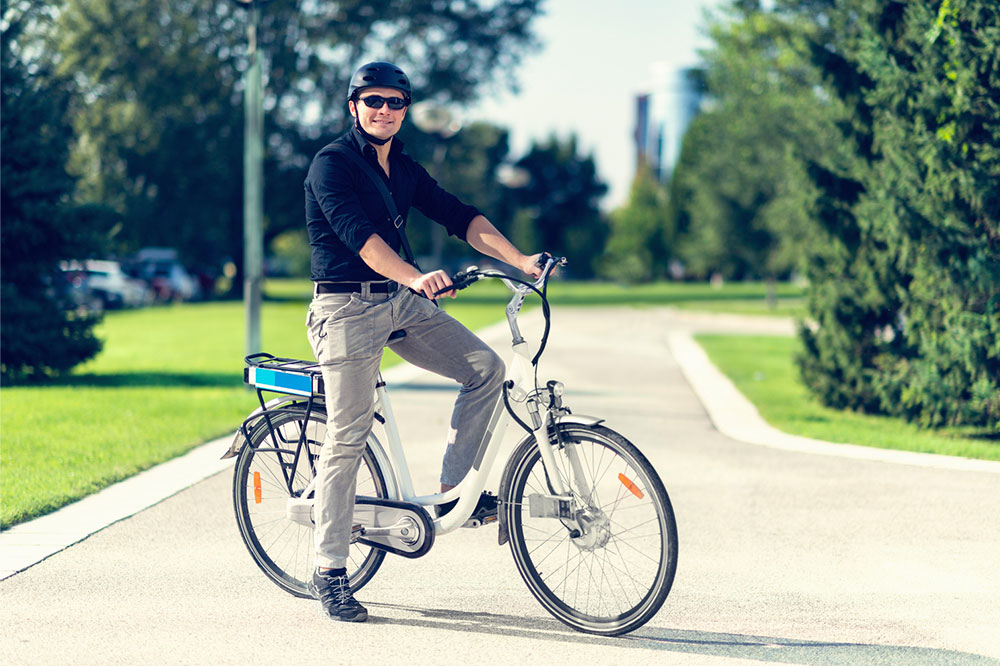4 common mistakes to avoid while buying an e-bike

E-bikes are geared bicycles powered by an electric motor to enhance the vehicle’s speed and performance. These bikes are getting increasingly popular since they can be pedaled as regular bicycles and switched to an electric driving mode whenever necessary. This feature makes it an ideal vehicle for casual excursions, exercising, as well as commuting. But with various e-bike sizes and features available, one can choose the wrong one without proper research.
Here are some common mistakes to avoid for first-timers.
Overlooking the e-bike specifications and classes
Electric bikes are primarily classified based on their top speed and throttle availability. Class 1 bikes get powered only by peddling and boast a top speed of 20mph. Class 2 types are equipped with a throttle so that the bike can move with the touch of a button. Class 2 e-bikes come with a 20 mph top speed as well. On the other hand, Class 3 e-bikes do not have a throttle, but their top speed goes up to 28mph. This also means that Class 3 types are not allowed on bike paths. So, knowing these options is important to buy a bike that suits one’s needs. Apart from this, understanding safety specifications like hydraulic disc brakes is also crucial to make a sound decision.
Not considering the e-bike’s usage
Different e-bikes are made for different purposes. Road e-bikes are designed for cities, while mountain e-bikes are suitable for rough terrains and adventure enthusiasts. Hybrids are lighter than mountain bikes but can work well on city roads and rough terrains. Finally, travel-friendly folding e-bikes are good for commuting but have smaller batteries. So these are some factors that need to be considered before selecting a model. Additionally, it’s necessary to consider added features like a phone or water bottle holder, side-view mirror, rear rack, or a water bottle holder.
Buying an e-bike with a small battery
Battery range, battery size, and motor size determine the riding range of an e-bike on a single charge. Depending on the brand and model, some batteries may go on for 35 to 70 miles on a single charge. Everyday city commuters need to consider the charging and battery capacity per round-trip and whether their office provides a charging station before making a purchase. The bigger the battery, the longer the riding range. But bigger batteries also need longer recharge time and make the vehicle heavier. Apart from the battery, the riding range also depends on the conditions of the road and the rider’s weight. So, one needs to shop around for different models and test drive them before shortlisting one.
Buying an e-bike that’s too cheap
Those being offered an e-bike for a suspiciously low price are advised to thoroughly check the vehicle. Such e-bikes can be made from cheaper materials and may have zero durability and no insurance. If the price range and the features of an e-bike do not match with its market contemporaries, one is advised to be careful. Ideally, it’s best to go for trusted and quality brands like QuietKat that offer favorable return policies and one-year or 1000-mile warrants. QuiteKat offers a range of reasonable yet durable all-terrain e-bikes. Its additional deals like free accessories worth $325 on their Pioneer e-bikes make them a decent option to consider.









